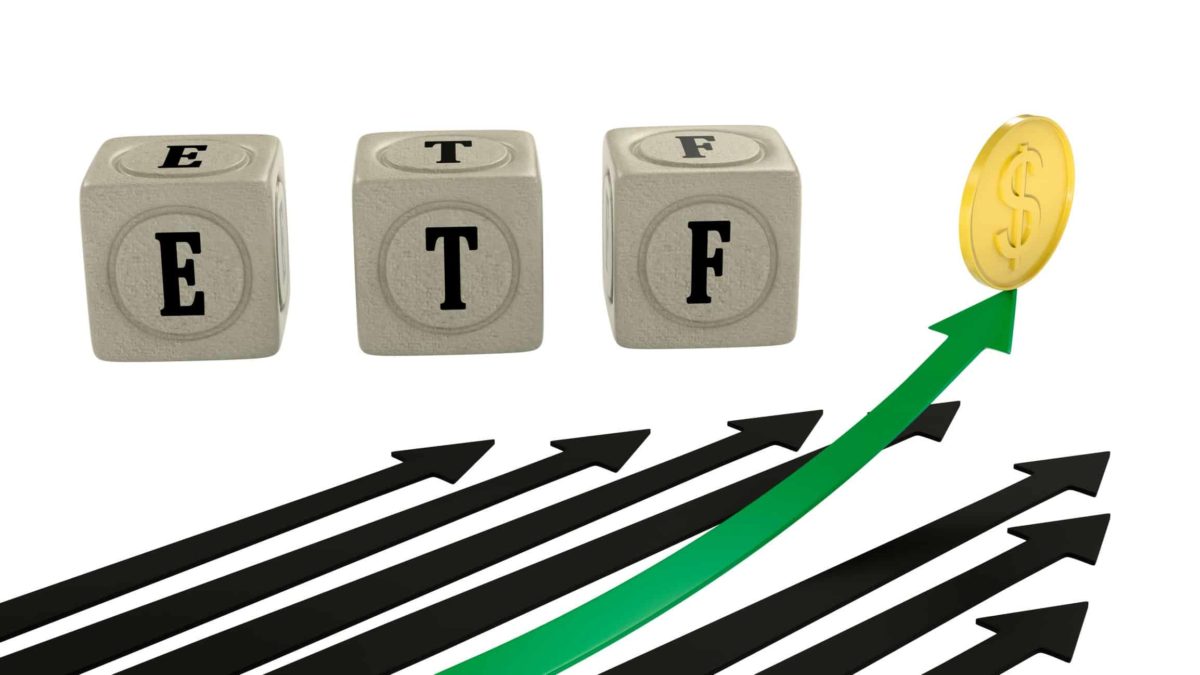Last week, we covered several ASX exchange-traded funds (ETFs) that had just hit fresh new all-time highs. Well, ETFs are back at it again today, with another round of record-breaking gains.
The four ETFs we covered last week were as follows:
- iShares S&P 500 ETF (ASX: IVV)
- Vanguard US Total Market Shares Index ETF (ASX: VTS)
- VanEck Morningstar Wide Moat ETF (ASX: MOAT)
- BetaShares Crypto Innovators ETF (ASX: CRYP)
This Tuesday, two of those four ETFs have clocked even higher record highs. Those are the VanEck Wide Moat ETF, which hit $127.42 this afternoon. As well as the iShares S&P 500 ETF, which reached up to $52.59 a unit soon after.
These two funds have also been joined in the 'all-time high club' today by:
- VanEck Gold Bullion ETF (ASX: NUGG) at a new high of $32.41 per unit
- Global X Seminconductor ETF (ASX: SEMI) at $17.18
- BetaShares Global Robotics and Artificial Intelligence ETF (ASX: RBTZ) at $14.90
- iShares Global Healthcare ETF (ASX: IXJ) at $140.60
- iShares MSCI Japan ETF (ASX: IJP) at $108.25
- Vanguard MSCI Index International Shares ETF (ASX: VGS) at $122.88
- VanEck MSCI International Quality ETF (ASX: QUAL) at $54.42
Plus many others.
Are these record-high ASX ETFs still a buy?
ETF investors who have money ready to plough into the share market might be feeling some apprehension at investing in any of these funds at new record highs today. And understandably so. After all, we're often told that successful investing involves 'buying low, selling high', not the other way around.
So how does an investor handle this prickly problem?
Well, I think it depends on the ETF in question. For funds that track a commodity or a cyclical sector (for example, NUGG or perhaps SEMI), buying at new record highs might not be a prudent move.
Looking at the gold price, for instance, over long periods of time will tell you that new highs are often followed by periods of weakness.
If you want exposure to something like gold in your portfolio, I think it's best to load up when other investors are sending the price down, rather than up.
But what about other ETFs?
Time in the market or timing the market?
I don't think investors who want to buy into a fund like the VanEck Wide Moat ETF, the Vanguard International Shares ETF or the iShares Japan ETF should be dissuaded from investing today based on these record highs.
These ETFs are designed to enable investment into compounding assets that should, reasonably consistently, increase in value over time. Whether they do or not is a different matter.
But in an ideal world, an investor wants to see as many new record highs as possible from an ETF of this nature. So avoiding one of these funds because it is at a record high might mean you miss out on the next one.
But you won't even have to worry about these sorts of issues if you use a dollar-cost averaging strategy.
I think this is the best way for most investors to invest in ASX ETFs. It involves buying a fund that you like consistently, regardless of what its unit price is doing.
That way, you can take the stress out of buying at moments like this, safe in the knowledge that you've bought for better prices in the past, but still might benefit from future highs.









